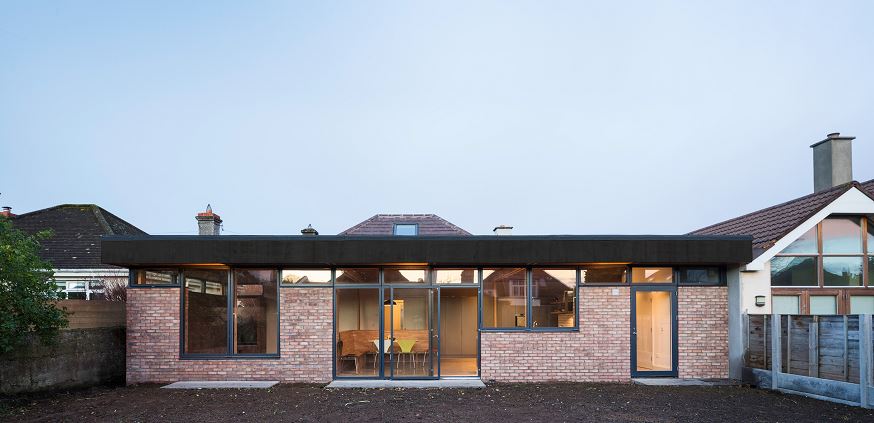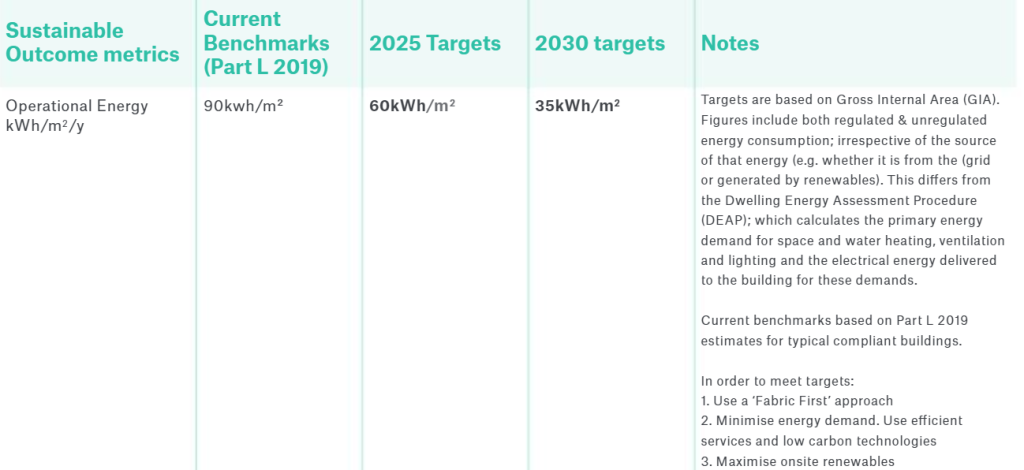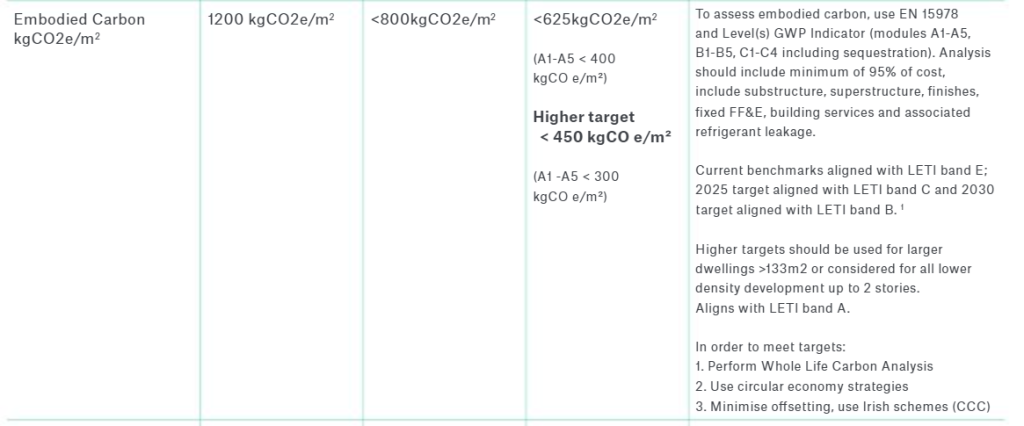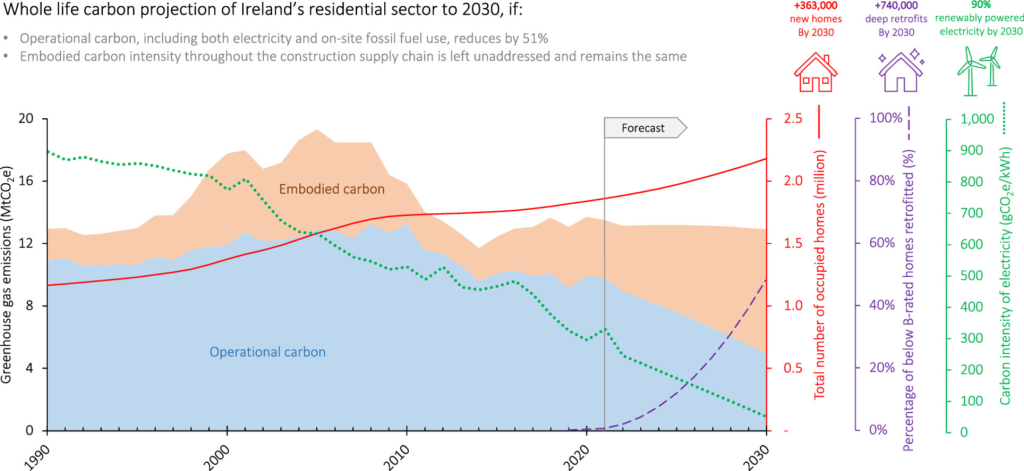The Royal Institute of the Architects of Ireland (RIAI) has ushered in a new era of architectural collaboration with its updated guide for working with architects in 2023. This guide serves as a beacon of information for those embarking on architectural projects, shedding light on essential changes, the RIAI’s 2030 Climate Challenge, and ground breaking research on embodied carbon. In this article, we will dive into the key highlights of this comprehensive guide.
Understanding the Changes
RIAI’s Commitment to Environmental Responsibility
One of the most significant updates to the guide is the inclusion of the RIAI’s 2030 Climate Challenge. This initiative represents a voluntary commitment by architects to design buildings with minimal environmental impact. As the world grapples with pressing climate issues, this challenge underscores the architectural community’s dedication to sustainable practices.
Comprehensive Overview
The guide offers a panoramic view of your responsibilities throughout the architectural process, covering everything from planning and health and safety to building regulations and building control. While it may provide a high-level overview, it serves as a valuable starting point for understanding the various stages involved in your building project. The initial edition of “Working with an Architect” was published in 2017, and this latest version builds upon that foundation.
The full guide is available below and at this link.

The RIAI 2030 Climate Challenge
Pioneering Environmental Standards
The RIAI 2030 Climate Challenge introduces voluntary guidelines that architects can choose to adopt based on the unique requirements of their projects. These guidelines aim to elevate the environmental standards of new domestic buildings, emphasizing the importance of sustainability. The RIAI will actively advocate for the incorporation of these benchmarks in future building regulations updates.
Embracing Embodied Carbon
A significant shift in focus is evident in the challenge’s emphasis on embodied carbon. This metric quantifies the environmental impact of products and materials, encompassing factors such as raw material extraction. As the world recognizes the urgency of reducing carbon emissions, addressing embodied carbon in construction becomes pivotal.
Preserving Water Resources
Water preservation is a critical component of the climate challenge. The challenge proposes the use of water-saving devices to mitigate the ongoing waste of this precious resource. Additionally, there is a growing argument for the compulsory implementation of rainwater harvesting systems in all new builds, further highlighting the commitment to sustainable practices.
The Impact of Embodied Carbon



A New Perspective on Environmental Impact
New research commissioned and supported by the Irish Green Building Council (IGBC) has brought a fresh perspective to the forefront. Despite the heightened focus on decarbonizing existing housing stock, this research underscores the significant environmental impact of new builds.
The Hidden Emissions
The report acknowledges that the construction of our built environment and the production of construction materials carry substantial emissions. This process, including construction, demolition, waste, and resource consumption, generates additional emissions, many of which are expected to surface in the short term leading up to 2030. The full extent of this impact has been inadequately quantified until now.
Embodied Carbon’s Role
Perhaps most strikingly, the research reveals that embodied carbon, stemming from new construction, is projected to have a comparable environmental impact to operational carbon by 2030. Operational carbon represents the energy consumed to run buildings, while embodied carbon encompasses the emissions associated with construction and materials. This revelation underscores the urgency of addressing embodied carbon as a crucial step toward achieving sustainability goals.

In conclusion, the RIAI’s updated guide for working with architects in 2023 marks a significant milestone in the architectural community’s commitment to environmental responsibility. Through the 2030 Climate Challenge and the recognition of embodied carbon’s impact, architects and stakeholders in construction are poised to embrace sustainable practices and contribute to a greener, more resilient future. This guide serves as a valuable resource, offering insights and guidance for all those embarking on architectural endeavors in this new era of responsible building.




